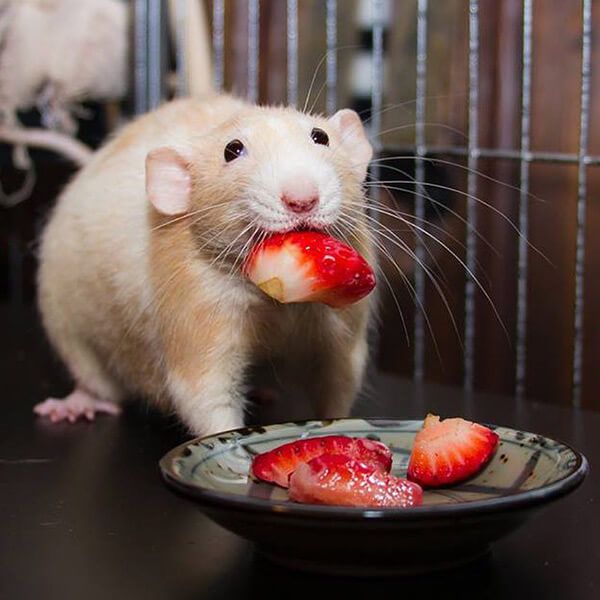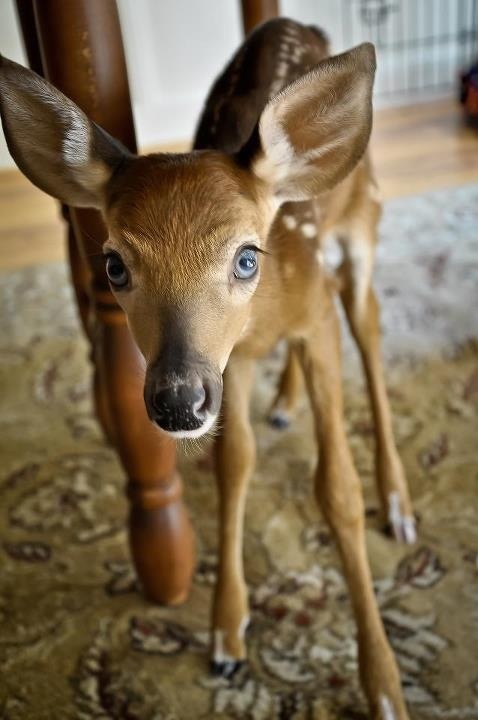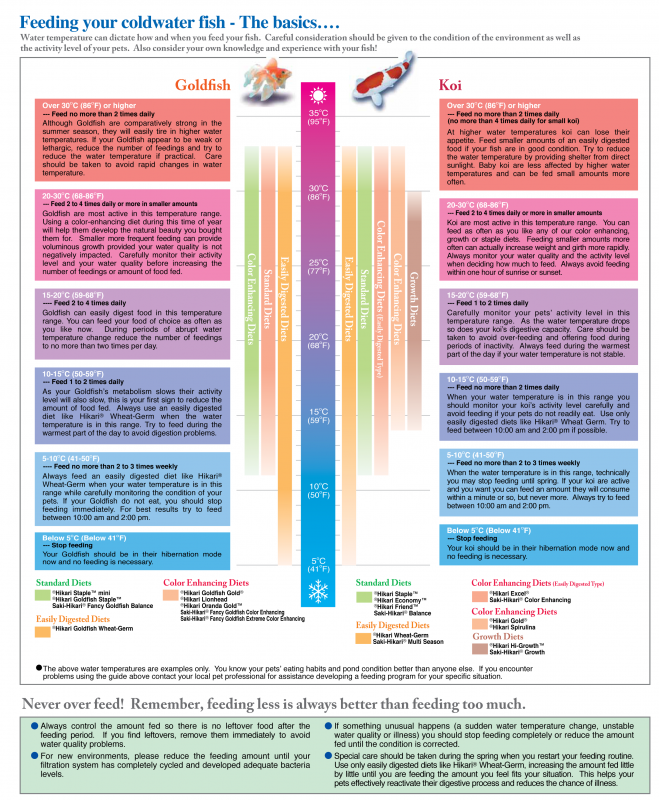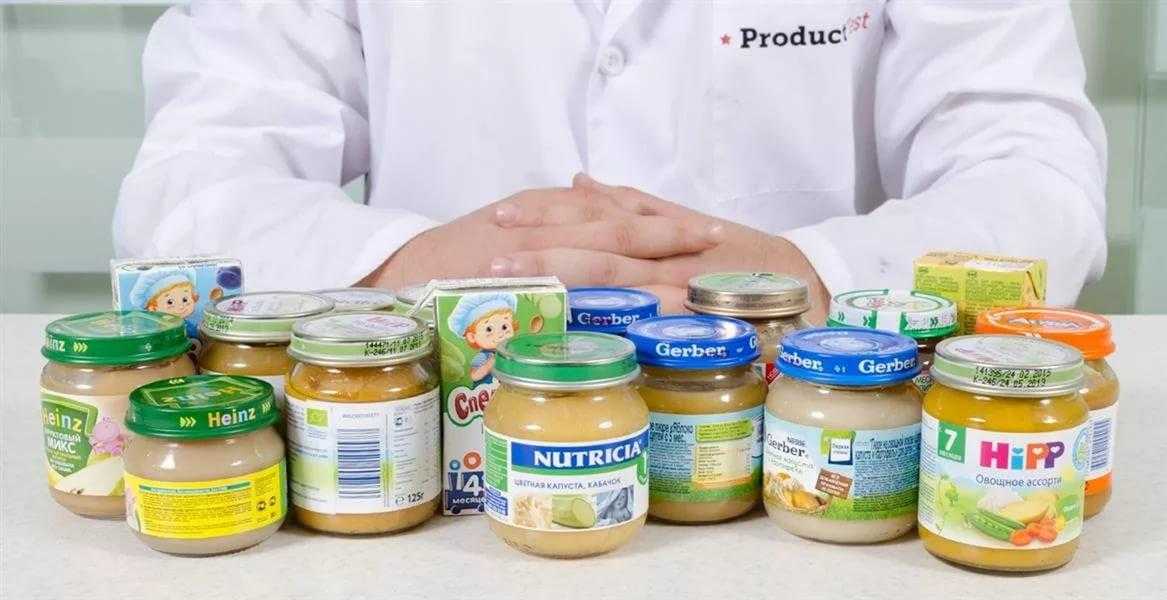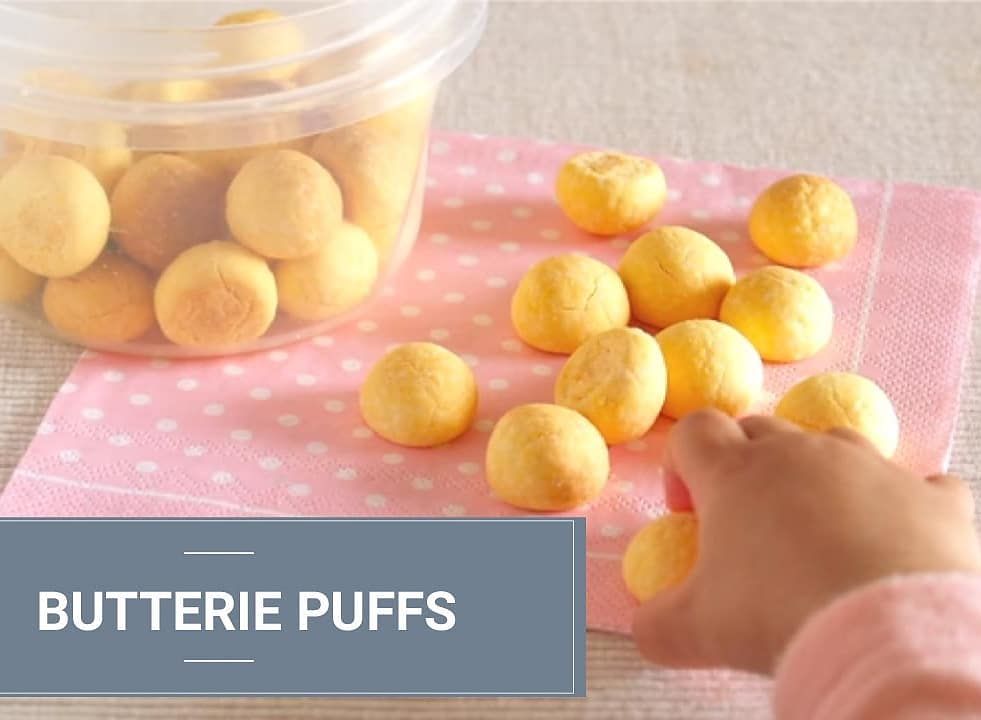Hummingbird feeding her babies
Baby Hummingbirds: (Egg to Fledgling)
This post contains affiliate links.
Observing a baby hummingbird grow from a tiny little egg to an inexperienced adult is an extraordinary occurrence to witness.
Understanding the remarkable stages of a new generation of baby hummingbirds will captivate and spark an appreciation for their struggles and successes to integrate successfully into their modern society.
Table of Contents
What month do hummingbirds have their babies?May is the most frequent month for hummingbirds to lay eggs. Hummingbirds may have several broods per year starting as early as February in Southern California to as late as November in their winter location. Most migrating hummingbirds lay eggs within 5 days of destination arrival, but not during migration.
Hummingbirds living in or migrating to the colder climates have shorter periods of spring and summer. These cooler climate hummingbirds will modify their nesting activity, frequently down to one brute a year.
Non-migrating hummingbirds, who reside year-round, have more liberty as to when they lay their eggs. Mother nature or their own internal biological clock will tell the female when the conditions are right to lay her eggs.
Allen hummingbirds are an example of a non-migrating Southern California hummingbird. They have been documented laying eggs in November and by February they are ready to kick the new year off with an early nest of new eggs.
Unfortunately, mother hummingbirds are the sole care and provider for her babies. Once the female is impregnated by the male the countdown of time begins for her to build her nest.
Eggs are growing inside of her while she determines the perfect location to build a nest while frantically gathers nesting materials.
What is the size of a hummingbird egg?Hummingbird eggs are roughly the size of a coffee bean and weigh between 0.4 grams to 1.4 grams. A hummingbird egg weighs a little more than an average small metal paperclip, which weighs roughly 1 gram. These white eggs are less than ½ inch long in length.
These white eggs are less than ½ inch long in length.
Two perfectly sized oval eggs nestle together in a newly comfortably constructed nest. They constantly need to be kept warm by their mother but not overheat to survive the incubation process successfully.
How long does it take for a hummingbird egg to hatch?Incubation starts after the second egg is laid and lasts 14 to 18 days, sometimes as long as 21 days in colder weather. A female hummingbird can raise up to three to five broods in a nesting season. The female lays an egg on the first day, rests a day, then lays another for a total of 2 eggs. On occasion, you may find a nest with only one egg.
Hummingbird eggs have a better chance of survival when 2 eggs are laid. They rely on each other’s heat to stay warm during the stages of being an egg to when they hatch.
There are times when a hummingbird nest will only have one egg. Born naked, not having any feathers to keep warm, and lacking body heat from a potential sibling decreases their chances of survival.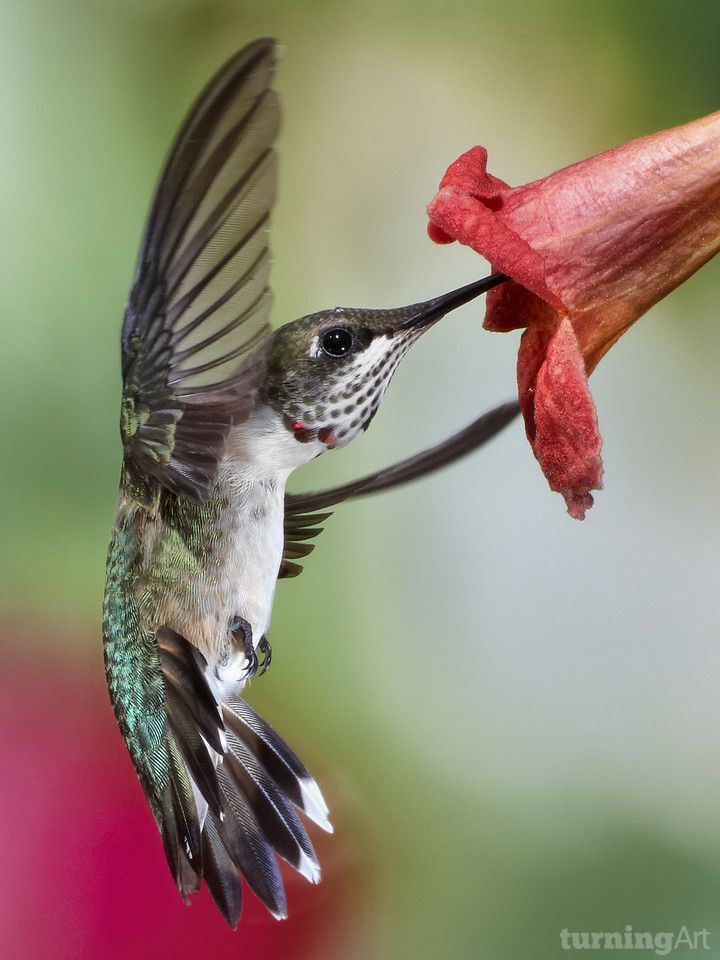
A mother hummingbird will incubate her eggs and keep them heated at a proper temperature between 96 and 98.6 degrees Fahrenheit.
It is very important to distribute the heat evenly around the eggs so as not to “overcook” them, ensuring success in proper development. A few degrees of fluctuation in temperature can spell disaster for the baby chicks and can mean the difference between life and death within 15 to 30 minutes.
Throughout the incubation process, the mother hummingbird will use her beak and feet to turn the eggs over several times a day to prevent the eggs from overheating.
The incubation process can sometimes take longer by a few days in colder weather and can create a less stable environment for the chicks and make them weak.
The physical act of sitting on the eggs to incubate and transfer heat from her underbelly region to her eggs is called “brooding”. The term brooding is a behavior where birds sit on their eggs to incubate them and is different than using the word brood as a noun, referring to a family of offspring.

During brooding, the mother hummingbird sits quietly on her nest while exhibiting characteristics of daydreaming or being in a deep trance.
Out of every hour, the mother will spend 50 to 55 minutes sitting on her eggs, which means she only has 5-10 minutes during that time to stretch and acquire some nutrition.
Once the internal core temperature consistently reaches and maintains 100 degrees Fahrenheit this signals the appropriate time for the eggs to hatch. Baby hummingbirds are born with strong neck muscles. They also have a sharp curved hook at the end of their beak to help them break through the eggshell.
After the baby hummingbirds hatch, the mother will dispose of the broken shells over the side of the nest and if you are lucky you will be able to spot a tiny thin shell on the ground to save as a souvenir.
Egg shell from a baby Anna’s hummingbird What is the size of a baby hummingbird?A newly hatched hummingbird will weigh roughly 0.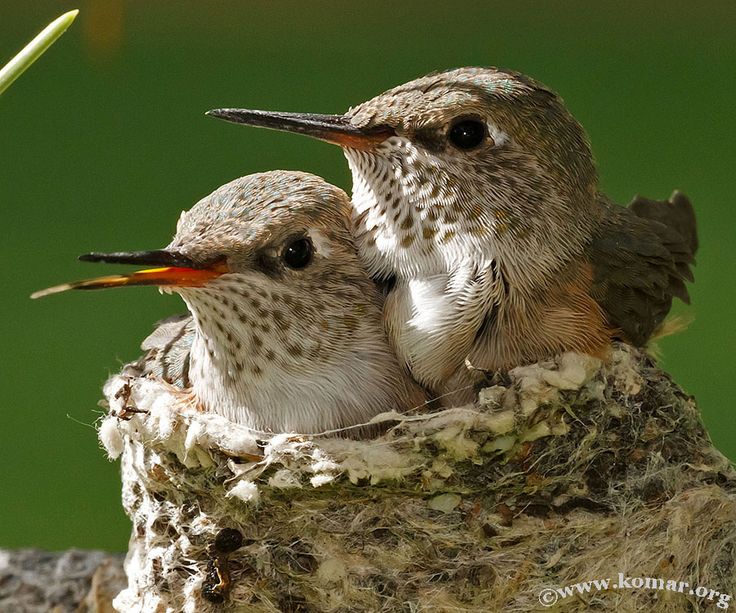 62 grams, which is comparable to weighing less than a stick of gum. Their size is 2 cm long or less than 1 inch in length. The bare-naked chick has no feathers yet and heavily relies on the mother or its siblings for extra body heat.
62 grams, which is comparable to weighing less than a stick of gum. Their size is 2 cm long or less than 1 inch in length. The bare-naked chick has no feathers yet and heavily relies on the mother or its siblings for extra body heat.
Two warm bodies heating the nest are always better than one in order to properly survive. As the babies begin to develop and double in size they will begin to gain pin feathers within the first week.
The babies continue to grow and completely fill the nest. By this time they produce more pin feathers, aiding in regulating their own body temperature and allowing the mother to spend less time on the nest and more time searching for food.
In 14 days, the baby hummingbirds are completely covered in pin feathers and their eyes begin to open.
By day 18, we see feathers growing out of their pin feathers and their eyes are fully open.
Twenty four days after birth the hummingbird babies are very large and are popping out of the nest.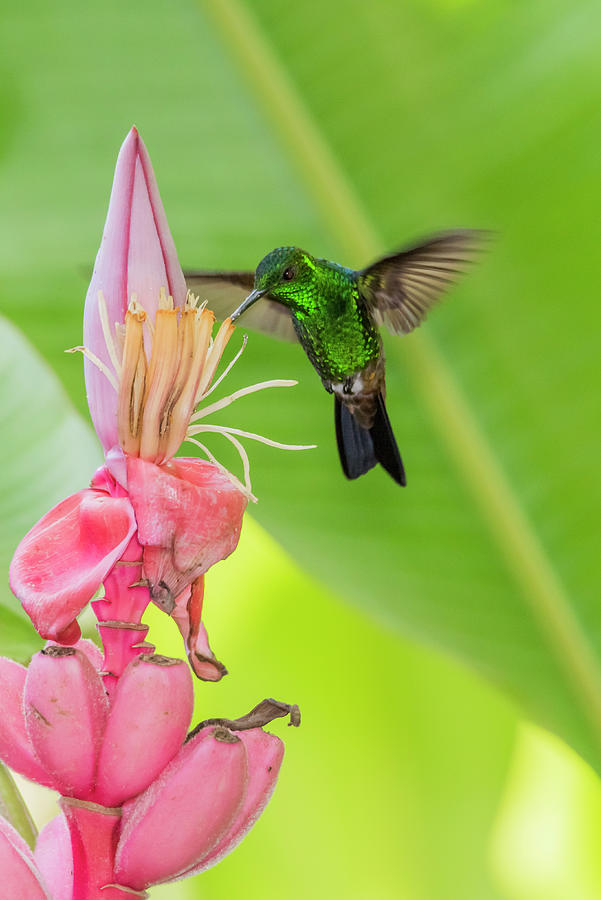 By this time the baby hummingbirds are more alert and their eyes are wide open.
By this time the baby hummingbirds are more alert and their eyes are wide open.
As the hummingbird babies grow they produce a lot of waste material. The babies do not like to sleep in their excrement. Nobody likes to sleep in a dirty bed. They prefer a clean environment and dispose of their waste by putting their butts in the air and squirting or shooting out dark poop material that is visibly seen near or around the nest.
What do baby hummingbirds eat?Baby hummingbirds are fed an easily digestible regurgitated formula of bugs and nectar from their mother’s crop. The stored uneaten food in the mother’s crop sits and waits patiently until she returns home to transfer her food to her young. Protein from bugs makes up the bulk of the diet.
Hummingbird babies have a hefty appetite. They require a higher protein and fat ratio rich and heavy in nutrients encouraging the nourishment and growth of these maturing babies.
These special ingredients are tailored towards a young hummingbird’s diet resembling a mushy consistency and texture and are consumed regularly by their offspring.
An all nectar diet does not have enough nutrients to sustain the development and growth of baby hummingbirds.
How does a mother hummingbird feed her babies?A mother hummingbird feeds her babies by expelling a regurgitated bolus of bugs and nectar into the mouths of the baby hummingbirds. She uses her crop which is part of the esophagus, not the stomach, to deposit the pulposus texture of nutrients into her young every 15 to 20 minutes.
The crop is an enlarged esophagus, a part of the bird’s digestive tract that stores food for a limited period of time. This part of the bird’s anatomy is a muscular pouch that expands near the throat.
This biological trait is useful for a mother hummingbird to gather and store a large amount of food in her crop in a short amount of time when food is available. At a later and more convenient date, she can attend her stored food when she is safe or ready to feed her offspring.
In an effort to regurgitate, the mother hummingbird will bob and move her head and neck up and down as if she were to throw up and transfer the undigested matter into the hungry mouths of her young.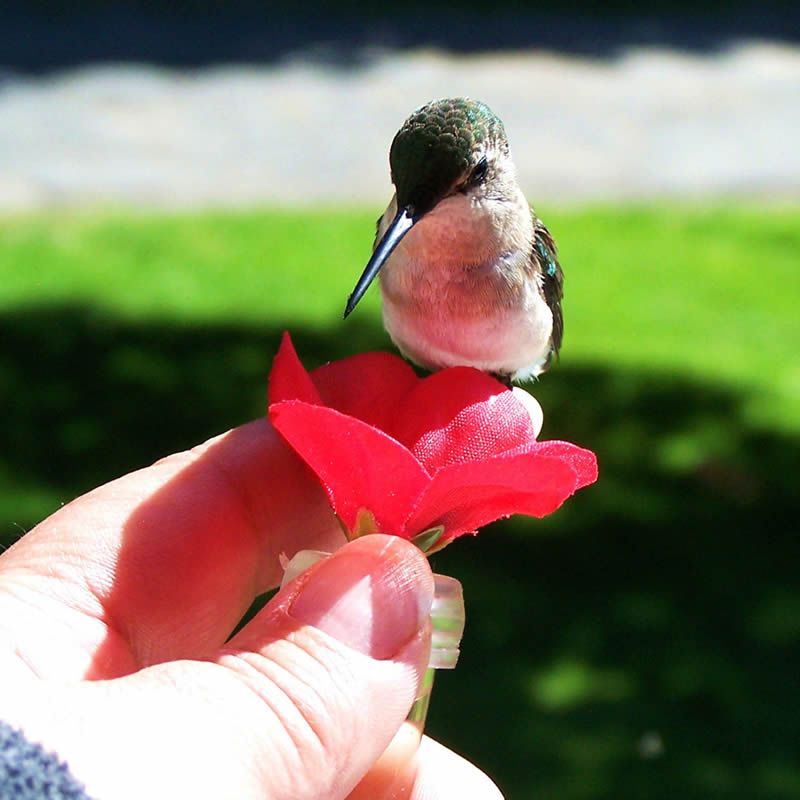
Here is a video clip of a mother hummingbird feeding her babies. In this video, the babies are older and their eyes are open.
Initially, when their eyes are still closed, baby hummingbirds rely heavily on their sense of hearing and their sense of touch.
In an effort to gauge when the mother hummingbird is arriving to the nest with food the babies wait in anticipation listening for familiar chirps and feeling the vibrations of air produced by her wings.
When the mother hummingbird has made contact with her babies they quickly lift their heads from resting (with their eyes closed), opening their mouths to prepare themselves for receiving food. The mother hummingbird will grip the side of the nest with her claws while she thrusts her beak down her babies throats and regurgitates her food.
If you have never witnessed this in action, it can be a scary sight!
At first glance, it looks like the mother is violently choking her babies or even potentially hurting them.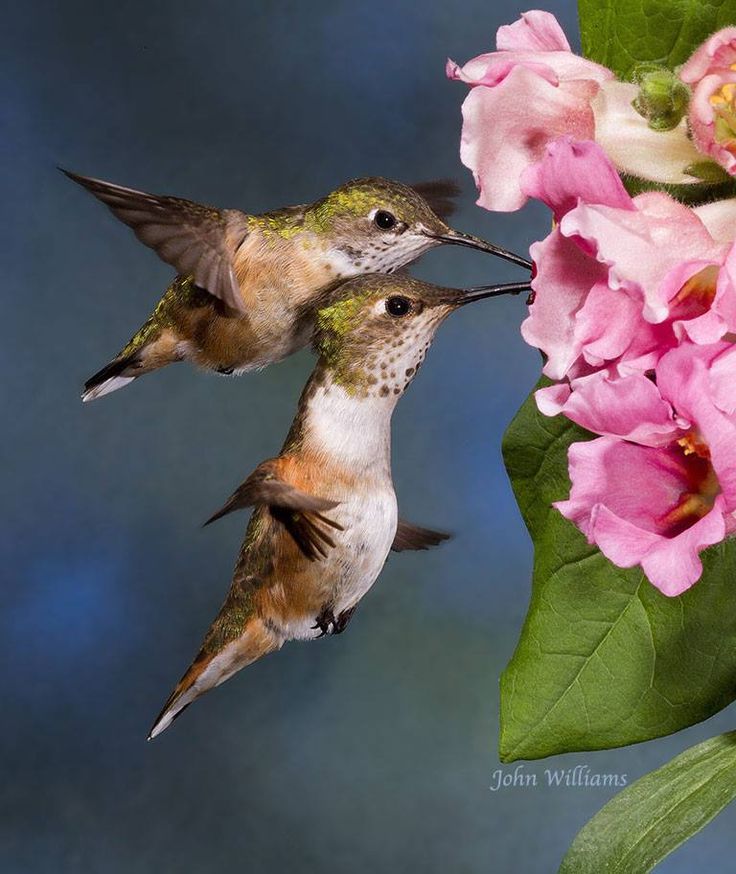 But rest assured she is not harming them. She is only doing her job and filling the bellies of her babies. The mother hummingbird will continue to feed her babies this regurgitated mixture for the next 3 weeks.
But rest assured she is not harming them. She is only doing her job and filling the bellies of her babies. The mother hummingbird will continue to feed her babies this regurgitated mixture for the next 3 weeks.
When the baby hummingbirds become adolescents, they will continue to rely on their mother for food and will continue to feed on the regurgitated mixture from mom while also learning how to locate their own food.
How long does it take for a baby hummingbird to fly?From hatching to fledging it takes approximately 3-4 weeks for a baby hummingbird to perfect the art of flying. During this time the babies practice cleaning their feathers while stretching and strengthening their muscles and continue to test their wings in preparation for flight. Two more weeks of training are mandated after fledging.
A little after 3 weeks baby hummingbirds are ready to practice the motion of flying. They have tripled in size and are competing for space in the nest.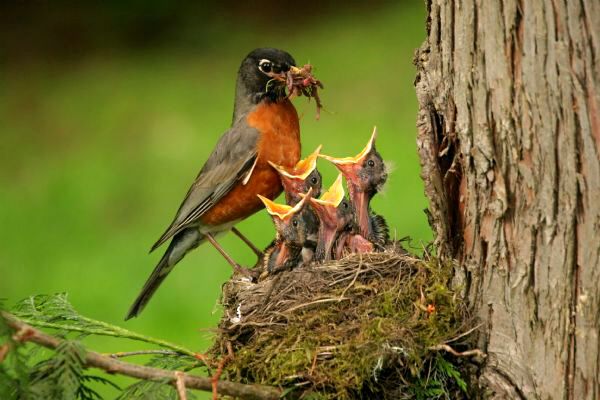
While perfecting their craft of flying baby hummingbirds tend to hit their siblings in the face with their wings. This rewarding and invigorating challenge makes them extremely excited to show off their new profound skill set.
They proudly flap their wings pretending to feel like an adult even though they are still gripping the side of the nest for stability.
When do hummingbird babies leave the nest?From 18-22 days (about 3 weeks) after hatching, baby hummingbirds will fledge the nest. These tiny babies have turned into juvenile hummingbirds. The total cycle from an egg being laid to babies leaving the nest is 5-6 weeks or (35-42 days) total.
Twenty-six days after birth is when the first baby hummingbird will fledge the nest.
After the third week, the baby hummingbirds are ready to fully test their wings for flight. One hummingbird baby will stay in the nest, while the other one exits from a cramped nest to perfect their newly accomplished flying capabilities on a nearby branch. Sometimes one sibling will have more courage than the other and will fly out of the nest first.
Sometimes one sibling will have more courage than the other and will fly out of the nest first.
Occasionally the second baby who is left behind will need a few more days to gather up their courage to follow in their sibling’s footsteps.
Once both hummingbird babies have left, they will never return to their nest.
Their next task as young adults is to locate their mother by verbally communicating through tiny chirping sounds stating their location and when they want to be fed.
The mother will continue to feed her children and teach them how to locate their own food for 1-2 weeks after they have fledged or left the nest.
Leaving their old world behind, these adolescent hummingbirds embark on their new travels and adventures!
Final thoughts:A hummingbird’s journey from an egg to fledgling is one of the most remarkable events in nature to witness.
The journey begins in early spring to May when a female hummingbird lays 1-2 navy bean-sized eggs.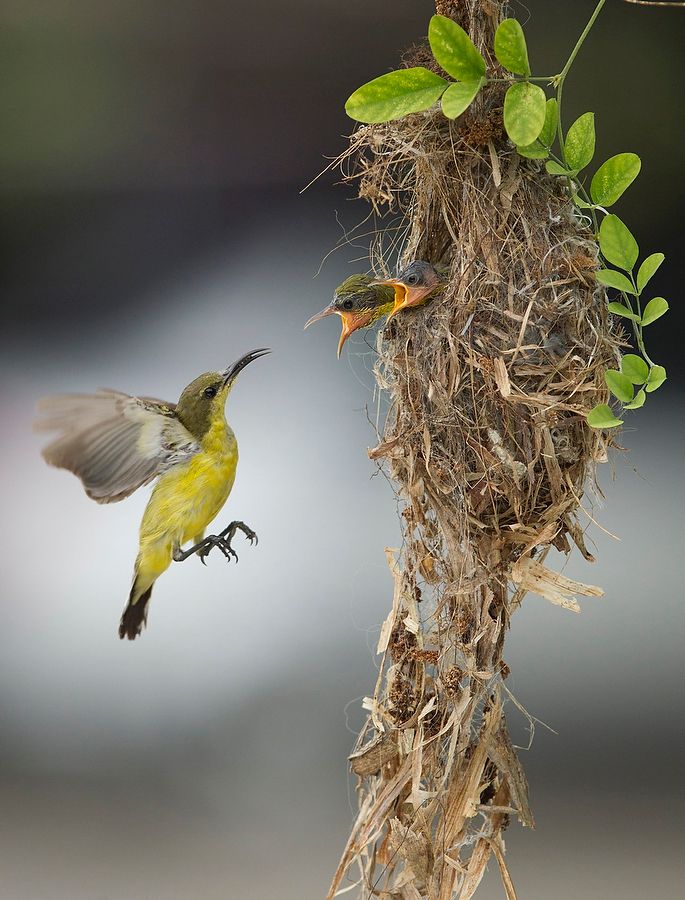 Once the second egg is laid the incubation time begins between 14- 18 days.
Once the second egg is laid the incubation time begins between 14- 18 days.
Baby hummingbirds eat regurgitated nectar and insects from their mother’s mouth every 20 minutes. They start feeding before their eyes are even open and can feel the wind of their mother’s wings when she reaches the nest and opens their mouths on command in anticipation of food.
As the babies grow, stretch, clean and strengthen their wing muscles in preparation for flight they eventually get the courage to fledge the nest closer to 4 weeks after they have hatched.
One to two weeks after successfully fledging the nest the mother will continue to feed and teach her babies how to find food until they become self-sufficient adults.
Observing successful stories and providing baby hummingbirds a chance to tell their tale is a very rewarding experience. These young adolescent hummingbirds will one day create families of their own and contribute to the next generation.
Happy Hummingbird Watching!
Hummingbird Bliss is a participant in the Amazon Services LLC Associates Program, an affiliate advertising program designed to provide a means for sites to earn advertising fees by advertising and linking to Amazon. com. We also participate in other affiliate programs which compensate us for referring traffic.
com. We also participate in other affiliate programs which compensate us for referring traffic.
15 Amazing Baby Hummingbird Facts and Pictures
Baby hummingbirds are beyond adorable! Learn what a baby hummingbird looks like, how long they stay in the nest and what they eat.
Courtesy Pete Ritz
Facts About Baby Hummingbirds
For many birders, hummingbirds returning to their backyards is one of the most exciting events of the year. It’s always a delight to see the tiny flying jewels zipping about from flowers to sugar water feeders. But seeing a baby hummingbird? Well, that’s even better. Here’s what you need to know about baby hummingbirds, including when you can expect to see them, how long they stay in the nest and what they eat. Plus, check out adorable pictures of baby hummingbirds.
Discover the heartwarming story that happened when a birder found a hummingbird nest.
Courtesy Rick Hess
What Time of Year Are Baby Hummingbirds Born?
This timing may depend on the hummingbird species present in an area, but in general, hummingbirds’ breeding season usually occurs in late spring. Chicks typically take four to five weeks to go from eggs to fully fledged, so they’d be leaving the nest in summertime. In most cases, baby hummingbirds are born in late spring or early summer. A hummingbird mom may start making a new nest for a second brood while still monitoring the first.
“I was fortunate to be able to photograph this female ruby-throated hummingbird (above) feeding her two babies at the nest in Newville, Pennsylvania,” Birds & Blooms reader Rick Hess says.
Will a hummingbird nest in a birdhouse? Here’s what you should know.
Courtesy Monica Slack
How Long Do Baby Hummingbirds Stay in the Nest?
From egg to fully fledged, about five weeks.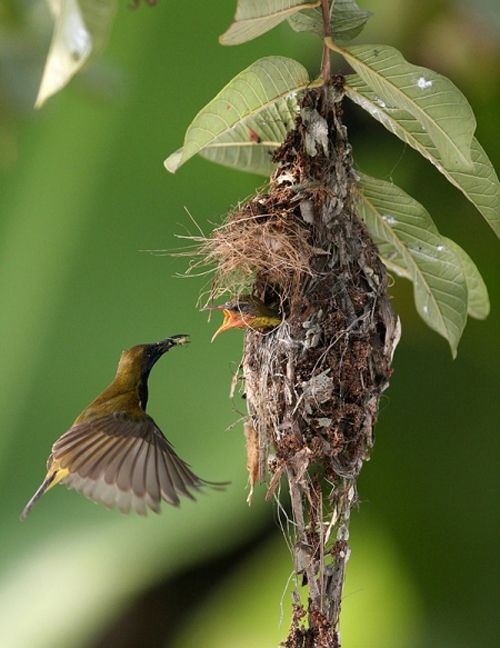 The female hummingbird incubates her eggs for about two weeks before they hatch, and the chicks fledge around three weeks later (they start to test their wings 15 or so days after being born).
The female hummingbird incubates her eggs for about two weeks before they hatch, and the chicks fledge around three weeks later (they start to test their wings 15 or so days after being born).
“This photo (above) was taken of two babies about two days before they decided to fly. I watched the nest from afar until they were bigger, as not to disturb their mother. I was hoping to catch them during their first flight, but didn’t have much luck. The smaller of the two returned to the nest for three days after its sibling departed,” Birds & Blooms reader Monica Slack says.
Don’t miss more super cute pictures of baby birds.
Courtesy Greg Griffin
How Many Babies Do Hummingbirds Have?
A typical hummingbird clutch consists of two eggs.
“Last spring, my wife and I were lucky enough to discover a hummingbird nest in one of our trees. We were weeding under the tree, and mama hummingbird kept buzzing around us.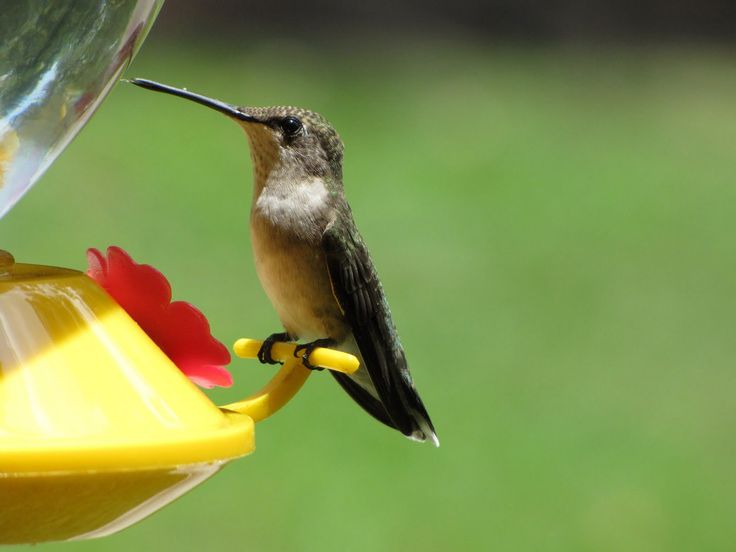 Then we saw why! We were fortunate to be able to watch the entire process – from seeing the two tiny eggs, watching them hatch and grow, and finally having an empty nest,” Birds & Blooms reader Greg Griffin says.
Then we saw why! We were fortunate to be able to watch the entire process – from seeing the two tiny eggs, watching them hatch and grow, and finally having an empty nest,” Birds & Blooms reader Greg Griffin says.
Do hummingbird sightings have special meaning? Plus, this is how much hummingbirds weigh.
Courtesy Linda Schoenherr
What does a Baby Hummingbird Look Like?
For most species, including ruby-throated hummingbirds, recently fledged or juvenile hummingbirds look extremely similar to females — so much so that it can be tough to tell them apart!
“This is a baby ruby-throated hummingbird (above),” says Linda Schoenherr. “My dog and I were in the front yard when she pointed it out to me. We have a lot of adult hummingbirds in our yard, but I never expected to be so close to a baby.”
Learn how to attract hummingbirds with 10 expert tips.
Courtesy Sally Harris
What Do Baby Hummingbirds Eat?
The mother feeds her nestlings a slurry of nectar that she regurgitates for them. Once they’re about 15 days old, she starts bringing the babies small insects. Learn more about female hummingbirds.
Once they’re about 15 days old, she starts bringing the babies small insects. Learn more about female hummingbirds.
“It’s hard to imagine just how small a rufous hummingbird nest is until you see one for yourself!” says Sally Harris. “I took this photo in Sequim, Washington. Just 12 days later, the two babies took flight.”
COurtesy Anne Winder Steed
Baby Hummingbird Size
A hummingbird nest is about the size of a thimble, with the diameter of a quarter. It measures 2 inches across and 1 inch deep. Eggs are the size of jelly beans, so newly hatched baby hummingbirds are very small, scrawny and featherless at first. The nest, made with stretchy spiderwebs, expands to accommodate the babies as they grow.
“An Anna’s hummingbird built a nest in a tree in our front yard,” says Anne Winder-Steed. “In this image, the hatchling is no more than two days old. We rarely get to see these special birds up close like this.”
Courtesy Judy Evans
How Do Baby Hummingbirds Learn to Fly?
Baby hummingbirds start to grow feathers soon after hatching. Within about two weeks, they sit on the edge of the nest and begin stretching their wings. They make their first flights about three weeks after hatching.
Within about two weeks, they sit on the edge of the nest and begin stretching their wings. They make their first flights about three weeks after hatching.
“A friend and I were taking a short hike when we found this hummingbird nest with two babies. We weren’t there very long before the mama came to feed them. The nest was so small and they were not newborn, so they didn’t have much room. We were so thankful to see them.”
Where do hummingbirds sleep at night?
Courtesy Wm Erik Voss
How Do Hummingbirds Feed Their Babies?
A female hummingbird jabs her bill far down the throat of her nestlings to feed them. But don’t worry, she doesn’t poke or hurt her babies with that long bill. Since they can’t feed themselves right away after taking flight, the mother continues to feed her young for a week or two after they leave the nest.
“I photographed breakfast time for a fledgling Allen’s hummingbird in the horticulture department at Fullerton College,” says Wm Erik Voss.
Find out what foods, how often and how much hummingbirds eat.
Courtesy Stephanie Cullinan
Stages of a Baby Hummingbird’s Life
“This is the second year we put hummingbird feeders out and the first time we put out nesting material. This sweet lady grabbed some, and I watched her fly into our tree to a nest she had been working on. I’d never seen a hummingbird nest before, and this one was visible from several windows of our house. Every day I documented the progress: nest building, eggs, chicks, feeding, and fledging. This photo was taken when Mom came to feed the chicks shortly before the first one fledged!” says Stephanie Cullinan.
Psst—baby chickadees are SO small and cute.
Courtesy Elsie Jones
Cute Baby Hummingbird in Nest
“I used my Nikon D-90 to capture this cute baby hummingbird in my friend’s yard on Little John Lake in Allegan, Michigan,” says Elsie Jones.
Find out how long baby birds stay in the nest and more nest facts.
Courtesy Willie Powell
Baby Ruby Throated Hummingbirds
Willie Powell of Maceo, Kentucky, writes, “This nest was in a maple tree in my friend’s front yard. I felt so fortunate to see these baby ruby throated hummingbirds.
Are male hummingbirds territorial at feeders and flowers?
Courtesy Audrey Carroll
Little Hummingbird Chick
Audrey Carroll shared this photo of a hummingbird nest in her backyard in Kalispell, Montana. She says she loves watching hummingbirds drink from her feeder.
Learn about 9 different types of bird nests and how to spot them.
Courtesy Nancy Marshall
Busy Hummingbird Mom
“I captured this image of a female ruby-throated hummingbird feeding her hungry chicks in Chatham, Massachusetts,” says Nancy Marshall.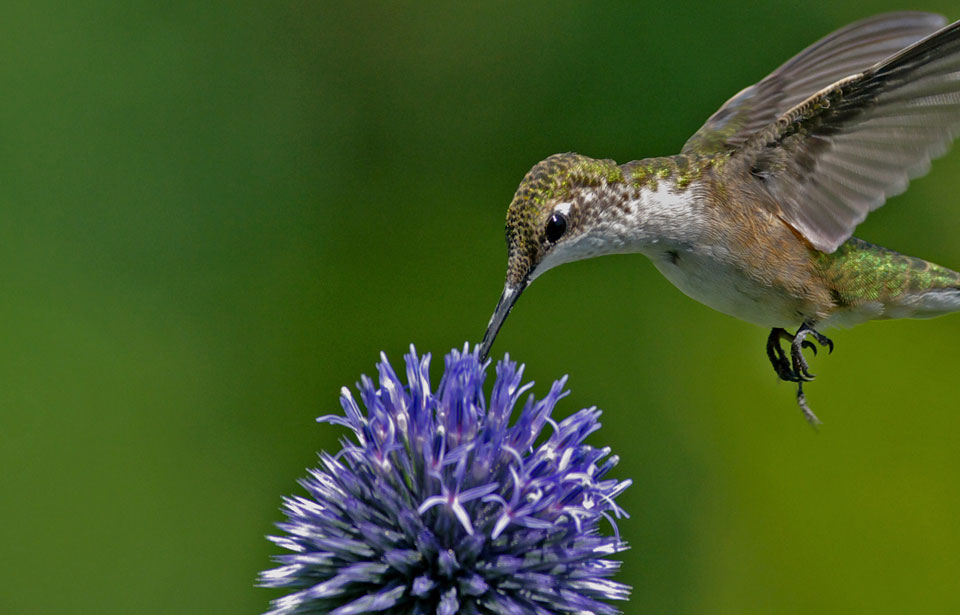 Did you know that female hummingbirds are among the best bird mothers in the world!
Did you know that female hummingbirds are among the best bird mothers in the world!
Courtesy Alyssa Popp
Baby Hummingbirds Peeking Out
“I took this photo of a hummingbird nest with two babies on summer vacation in Highland, Michigan,” says Alyssa Popp.
Next, learn everything you need to know about baby mourning doves.
Originally Published: March 10, 2022
Emily Hannemann
Emily Hannemann is an associate digital editor for Birds & Blooms. She has a bachelor’s degree in English and a master’s degree in magazine writing from the University of Missouri - Columbia. When she’s not writing and editing, you’ll find her swimming, running, or hiking. She knows blue jays are controversial, but she loves them anyway.
Trochilinae
Trochilinae is a subfamily of the hummingbird family (Trochilidae). Members of the subfamily Trochilinae are sometimes referred to as typical hummingbirds.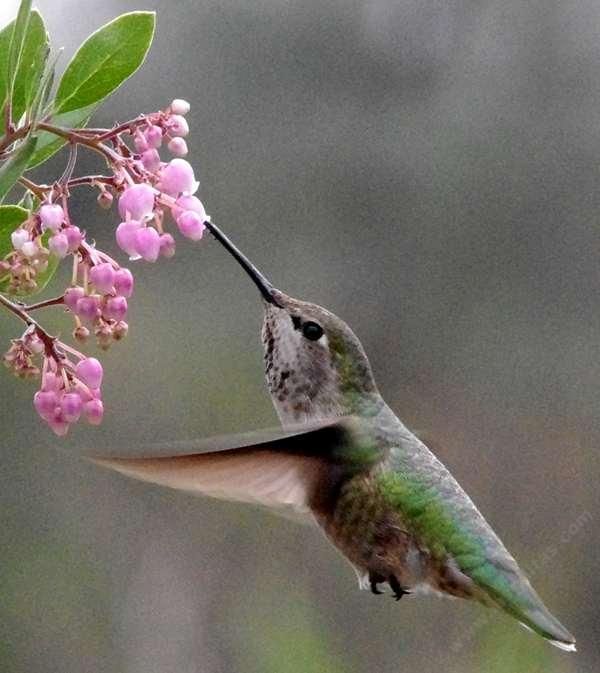 They usually display an iridescent plumage of metallic red, orange, green, and/or blue. Strong sexual dimorphism in plumage and size is seen in many species. [1]
They usually display an iridescent plumage of metallic red, orange, green, and/or blue. Strong sexual dimorphism in plumage and size is seen in many species. [1]
Content
- 1 Distribution
- 2 Reproduction
- 3 Taxonomic list
- 4 See also
- 5 References
- 6 external link
Distribution
Hummingbirds Trochilinae inhabit America from Alaska to the Tierra del Fuego archipelago. Almost throughout the Central American isthmus there is great diversity, Colombia, and Venezuela. The country with the highest diversity of this species is Ecuador, which has 132 species, which is 40% of the total in the world, however, the country with the largest number is Colombia with up to 165 species in the entire territory. [2]
Reproduction
Calliope hummingbird ( Selasphorus calliope ) the female feeds two chicks
To interest the female, the male performs a dance. After the females have been fertilized, they build a small nest lined on the inside with cobwebs, cotton, lichen, or moss. The nest is often built in a low bush. The female lays two eggs within two days and hatches within 14-19 days. Hummingbirds then feed their young for three to four weeks, during which time the female leaves the nest up to 140 times a day to feed her young.
After the females have been fertilized, they build a small nest lined on the inside with cobwebs, cotton, lichen, or moss. The nest is often built in a low bush. The female lays two eggs within two days and hatches within 14-19 days. Hummingbirds then feed their young for three to four weeks, during which time the female leaves the nest up to 140 times a day to feed her young.
Index
- 1 description
- 2 hummingbird curiosities
- 3 What do hummingbirds eat?
- 4 Other food sources for hummingbirds
- 5 What flowers do hummingbirds eat?
- 6 What does a baby hummingbird eat?
- 7 How to feed a hummingbird chick at home?
- 8 pollination of a hummingbird
- 9 How to feed a wounded hummingbird at home?
- 10 Attracting hummingbirds with food
- 11 Feeding hummingbirds by hand
- 12 Hummingbird feeding away from the house
- 13 characteristics
- 13.
 1 Plugation
1 Plugation - 13.2 Reproduction
- 13.
- 14 Hailing Hailing Hailing and Feeding Safety
Description
Weapbirds, which can be very interesting, which is very interesting, which is very interesting, which is very interesting, which is very interesting. both due to its small size and the pronounced feathering throughout its structure, said fur affects the speed at which it folds its wings, making it one of the fastest in the world. animals.
Therefore, many researchers are interested in its life cycle, its amazing mating habit or diet. Genetically it is a very formidable species, and its structure is purely natural, it is not one of the transgenic animals of , for which it stands out among the most outstanding birds of the kingdom.
hummingbird curiosities
The hummingbird belongs to the Trochiliidae family, which has more than 300 species found in the temperate climate of America.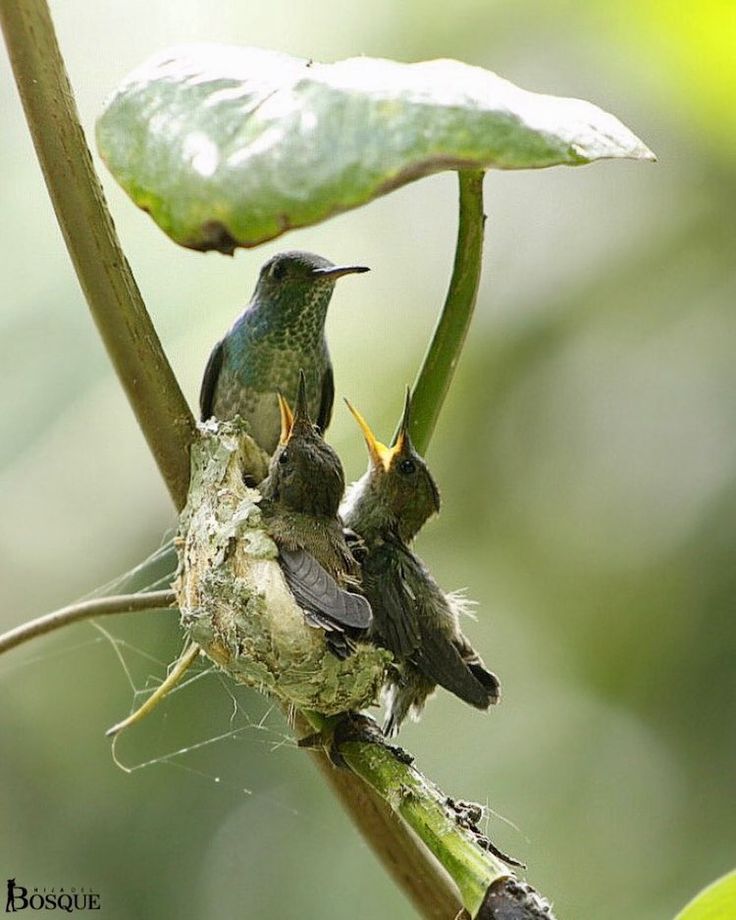 It differs in the speed with which they manage to flap their wings, despite the small volumes of their bodies, which usually do not exceed 20 cm.
It differs in the speed with which they manage to flap their wings, despite the small volumes of their bodies, which usually do not exceed 20 cm.
In this sense, it is expected that when they are around, a low murmur will be heard, emitted by a rapid beat of wings. In the same way, their mating habit is one of the most curious of all animals, for the male courts the females, performing countless pirouettes and wonderful figures everywhere, which demonstrate his speed and nuances.
At this point, the females choose which male they want to mate with and go to their dominion to do so. In truth, each male bird has its own domain and does not imitate outside of it! They recreate in their own nest and no, they try to spoil other people's, in this aspect they are highly organized animals.
What do hummingbirds eat?
The hummingbird is nectarivorous, which means that it benefits from the nectar of flowers. Nectar is made up of many common sugars such as food grown from soil, water, and minerals. Thanks to this food, the hummingbird receives all the supplements necessary for life.
When this animal understands that it needs to eat, it takes care not less than 7 times for 60 minutes to gnaw the nectar of flowers, despite the fact that it quickly spends what it eats, after a while it comes running to refresh itself, this very active and independent animal.
In particular, when a hummingbird discovers them in flight or in flowers, these animals become the prey of this resourceful animal. In any case, they do not frame the premise of their diet and are not subsequently regarded as omnivores.
Other food sources for hummingbirds
This nectar-feeding regimen can sometimes be improved by ingesting dust, the sap of certain trees, and very small eerie crawlers, small enough to be eaten by hummingbirds, such as some parasites, in others in some cases it may be some mosquitoes or organic matter.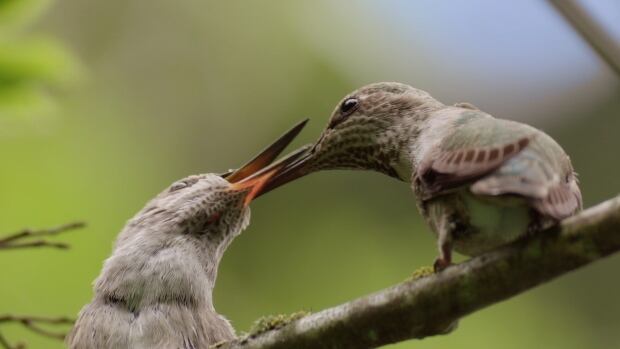 product flies and insects.
product flies and insects.
What flowers do hummingbirds eat?
Since you know what a hummingbird eats, you might be interested to know how it takes control of the nectar. These flying creatures seem to love orange, red and pink flowers. They feed mainly on cylindrical and hanging flowers, so they cannot stay on them to swallow.
Also, if you think about what a hummingbird does, you must understand that the system a hummingbird uses to separate nectar is its long tongue. He brings his thin snout close to the wreath of a flower, and there his tongue stands out, light and with different ends.
He shakes 12-13 times per second to separate the nectar. When this is done, the nectar is stored in a sort of package that the hummingbird holds down its throat before being sent to the digestive system. That feeding hummingbird is a fairly simple process, but it requires several steps.
What does a baby hummingbird eat?
Hummingbird chicks hatch 28 or 21 days after hatching.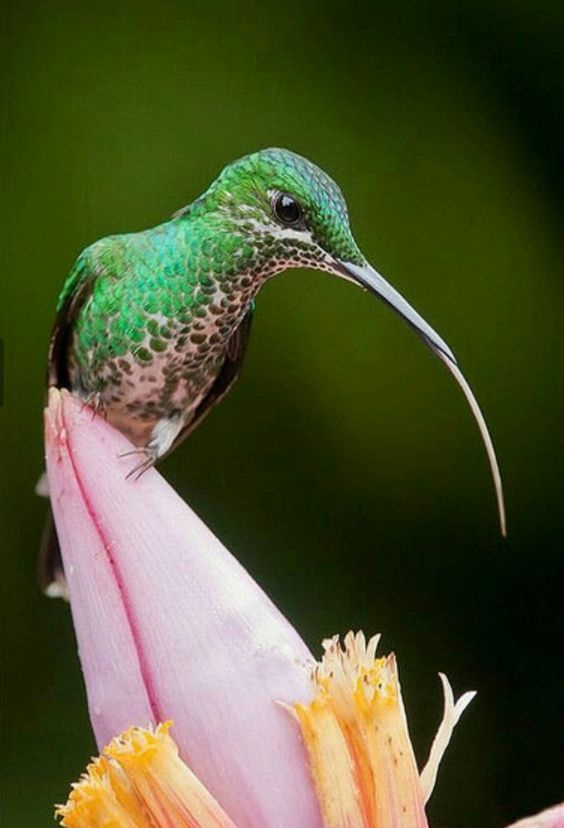 During childbirth, they have poor eyesight, they only measure 2 centimeters, and it is the mother's responsibility to think for them and take care of them. To do this, you have to leave the house about 100 times a day.
During childbirth, they have poor eyesight, they only measure 2 centimeters, and it is the mother's responsibility to think for them and take care of them. To do this, you have to leave the house about 100 times a day.
What does a baby hummingbird eat now? Fundamentally equivalent to adult winged creatures. The mother collects nectar and passes it to her chicks in her beaks. He also offers them what he finds in his search, they are animals that feed in an organized and selective way from birth, they are not really disorderly creatures, this is a very prominent characteristic of them.
How to feed a hummingbird chick at home?
Did you wonder? how to feed a baby hummingbird ? In the event that you find a homeless hummingbird or a missing hummingbird chick in your home, the best thing you can do is contact an ornithologist or wildlife recovery center to take care of your chicks until they return to the wild.
At the present time, if it is unthinkable under any circumstances to expect help, you can try to raise it at home, despite the fact that hummingbird babies are considered to require a lot of attention, and it is generally unthinkable to take them outside without parents . work with animals of this type, it's a fantastic adventure. All things considered, here is the local formula you need to prepare to care for a baby hummingbird at home:
work with animals of this type, it's a fantastic adventure. All things considered, here is the local formula you need to prepare to care for a baby hummingbird at home:
- 1 small pot.
- 1 tablespoon granulated sugar.
- 4 tablespoons of water.
Heat the water and sugar in a saucepan for 3-4 minutes or until the sugar is completely dissolved. At this point, let him relax. When the preparation becomes warm, use a pipette or needle to gradually draw the nectar into the respiratory cavity of the hummingbird.
If he is incredibly small, you have to be much more careful and make sure that you serve food properly so that he can swallow it well and not vomit and reject it. In fact, it is recommended to always go carefully and gradually, as they are delicate creatures. Therefore, it is also important that all the utensils you use are very clean.
You should care for a baby hummingbird every 15-20 minutes, just like a mother would. Also, if you notice food spilling or rising around his face, stop. Care is critical to a chick's endurance, however this is not a major factor to consider as it needs to keep warm and as it develops it will learn how to travel to be able to go out into the wild again.
hummingbird pollination
Hummingbirds are important to tropical forests as they contribute to flower harvesting in their treatment methodology. What is preparation? This is the system by which an animal, in this case a hummingbird, moves the remains, starting with a flower and then the next, ensuring the union between male and female gametes and, in this sense, the reproduction of plants.
Even though hummingbirds don't pay much attention to dust, it constantly interacts with their wings or noses when they approach flowers, thereby transferring it to various plants. Luckily he is not part Venezuelan birds critically endangered.
Luckily he is not part Venezuelan birds critically endangered.
Knowing where the hummingbird lives and what it does is essential to understanding the important work it does on the planet. Therefore, guaranteeing and keeping them free is a compromise that needs to be considered. However, it is important to know that this is one of the animals that migrate , so they tend to change rooms quickly.
How to feed a wounded hummingbird at home?
Have you noticed a hummingbird with a damaged wing and don't know what to do? In addition to healing your injury properly, you must insist on how you take care of yourself during your recovery, as you must eat frequently to stay in shape.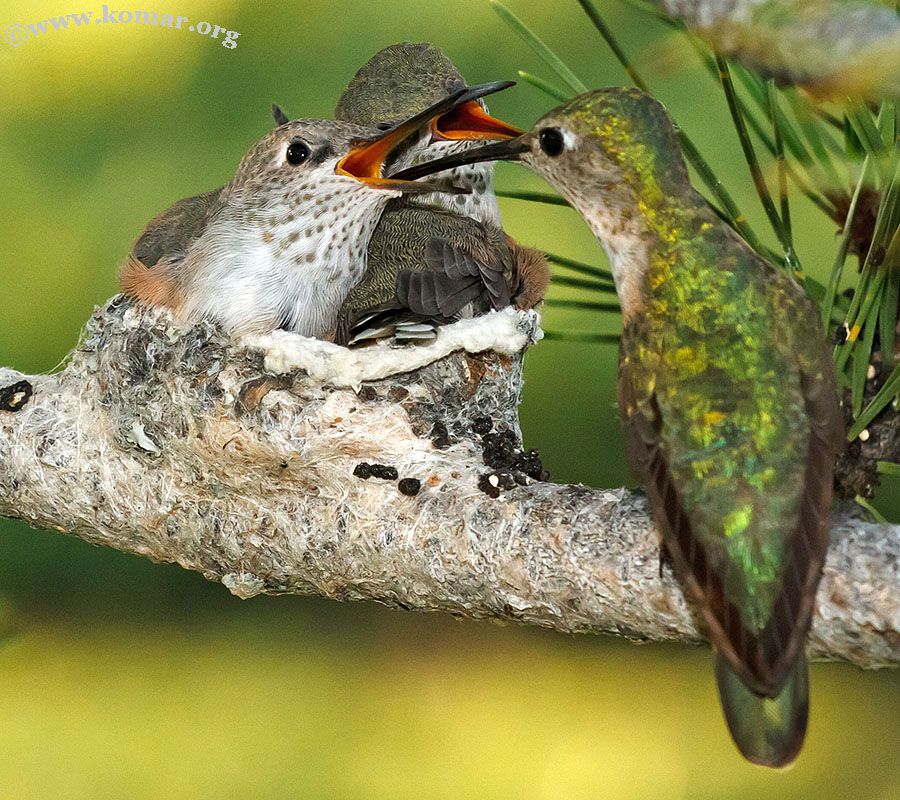
Similarly, be sure to contact a professional feathered veterinarian or wildlife recovery center if you don't have the information to help the creature. The life of the animal may depend on you and your care.
It is unlikely that you will have the flowers needed to care for them at home, and since they cannot fly, hummingbirds will not be able to benefit from them, so your task will be to create an ideal habitat for them. Here we reveal what to do as a first aid to keep a strategic distance from a possible lack of healthy food. The formula will require indistinguishable fixatives to produce nectar:
- 1 small pot.
- 1 tablespoon granulated sugar.
- 4 tablespoons of water.
Add water and sugar to a saucepan and mix well. At this point, boil until the water reaches its tensile strength and the sugar is completely dissolved, no granules should remain. Everything should turn into a homogeneous and thick mixture.
As soon as it's ready! Use huge feather feeders as they are more attractive to hummingbirds.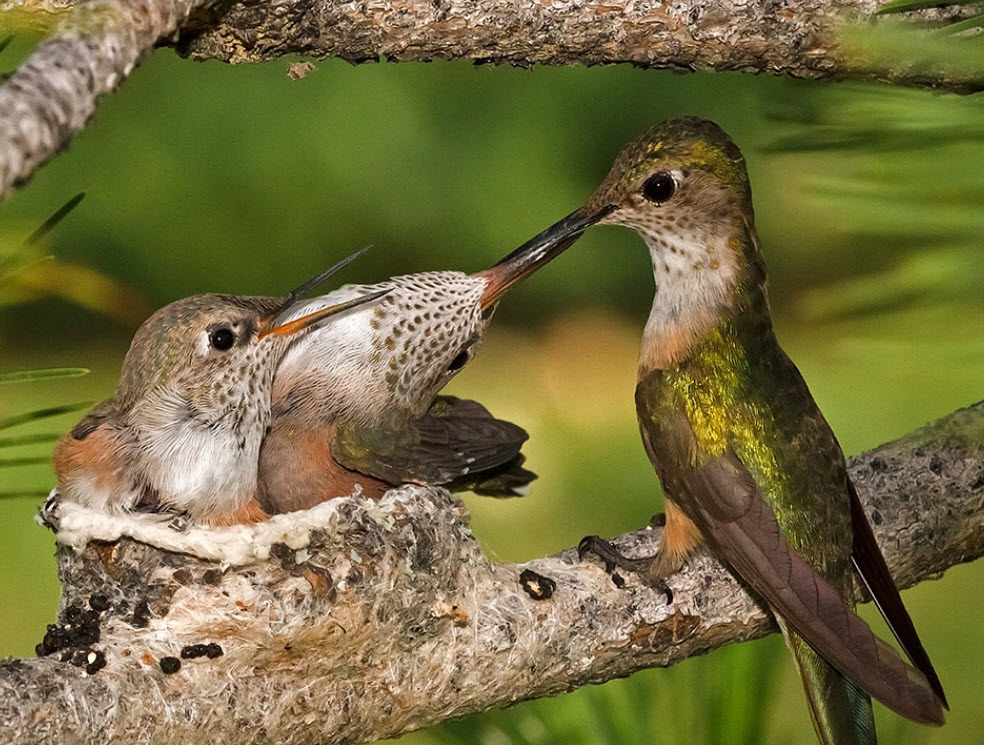 In the event that a winged animal cannot approach the feeder, use a very small needle to legally take care of it. You should care for it at regular intervals and stop when you see a spill or an air pocket around its top.
In the event that a winged animal cannot approach the feeder, use a very small needle to legally take care of it. You should care for it at regular intervals and stop when you see a spill or an air pocket around its top.
These are simple approaches to care before contacting an expert, in these cases for a flying creature it is best to consult a veterinarian. However, you can perform activities from home that are good for the animal.
Attract hummingbirds with food
Finding out what hummingbirds eat will help you organize a vast, seasonally adaptable habitat for hummingbirds in need. To attract hummingbirds with the right supplies, you need to know some of them.
Plant native flowers, shrubs and trees that produce nectar-rich flowers. The red cylindrical flowers will speak to most winged animals, and the participation of hummingbirds will cause very pleasant flowers to sprout throughout the season, proportionally guaranteeing flexible and satisfying nectar for a considerable period of time.
The red cylindrical flowers will speak to most winged animals, and the participation of hummingbirds will cause very pleasant flowers to sprout throughout the season, proportionally guaranteeing flexible and satisfying nectar for a considerable period of time.
Feeding hummingbirds by hand
It is necessary that these animals are attracted by strong smells, which are very pleasant to them, indeed because of the smells these animals are tempted, as soon as the attention of the bird is captured, it is recommended to create a temporary nest that allows at least for a short time, the stay of the animal in such a place as to be able to eat what is offered to it.
Feeding hummingbirds away from home
If you are unable to manually care for hummingbirds at home, contact local wildlife centers and flying sanctuaries to see if they offer a temporary solution.
The two main hummingbird hand care sites are Lake Hope State Park in Ohio and the Rocklands Bird Sanctuary in Jamaica, and the two offices have been working for a significant period of time to get the hummingbirds to relax in the presence of guests, and people have taken care to provide conceivable hand care .
While different harbors and parks may not have a hummingbird guide regarding established projects, they may offer you an open door to try.
Characteristics
Although these are small feathered creatures, they are not the smallest, as they belong to the Mellisuga genus. They have a wide, forked or tight tail. The beak is dark and thin, usually long and curved, and they have a long, cylindrical tongue.
Feather
Hummingbirds usually have green plumage, and they have blue or purple spots on certain parts of the body. Either way, these shades sometimes look great, and the explanation for this is that their feathers are energized and come out in full daylight.
reproduction
During the movement of the hummingbird, it makes huge flights, up to 1865 miles. Therefore, before this exit, eat more to be able to fly constantly. It flies alone, however, when mating time comes, the male finds a female and collects a bowl-shaped house from feathers, branches and natural debris.
Therefore, before this exit, eat more to be able to fly constantly. It flies alone, however, when mating time comes, the male finds a female and collects a bowl-shaped house from feathers, branches and natural debris.
While incubating the eggs, the female hummingbird is extremely regional and does not allow anyone to move into the dwelling, except for feathered creatures of this kind. During childbirth, she feeds her young by spewing a mixture of nectar and beetles every 20 minutes.
By the time the chicks are 8 or 9 days old and have enough tufts to guide their internal heat levels, the female hummingbird may begin to come out more regularly and her chicks begin to practice wing flapping. At the age of three weeks, the young can begin to fly, and when they do, they fly away from home, never to return.
Hummingbird habitat and feeding safety
They certainly have a diverse natural environment in terms of area. Ecuador is home to more hummingbird species than any other area, with 163 recognized unique species that can find their natural habitat and thrive there.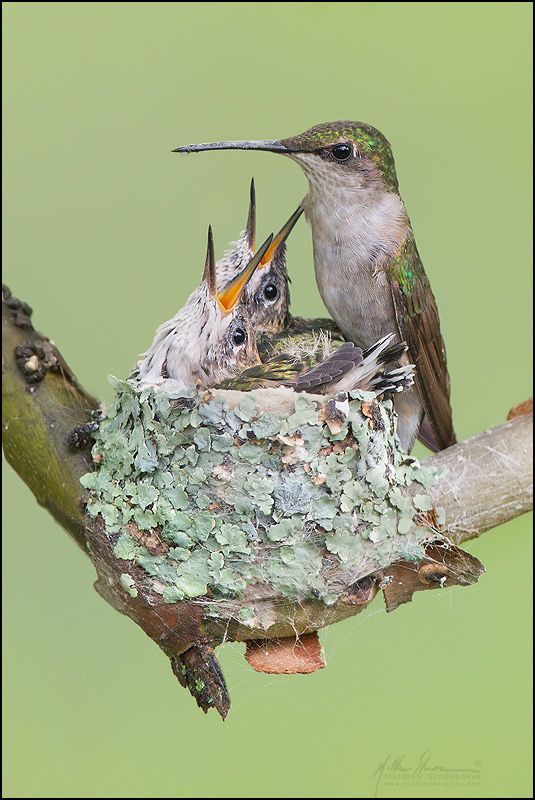
Due to their small size, they are considered by many people to be gentle flying creatures, unable to bear fruit in colder regions, although they have been found in desert areas, coastal areas, woodlands and clearings, despite the fact that for breeding they areas with higher temperatures are required. That is why they will participate in resettlement during their life cycle.
These birds are found living among trees, bushes and plants in their habitat. They are regional and watchful of who else is in their range, they will fight each other for food sources and living space.
https://www.youtube.com/watch?v=1xE1ebadVlw
Hummingbirds try to find a resting place as these flying creatures are so small and lack real stamina that they make a valiant effort to stay close to those who have fled predators and various threats. In some cases, found dormant in the spruces, it is believed that this is just another way they can blend into your living space and go unnoticed.

